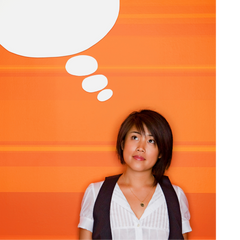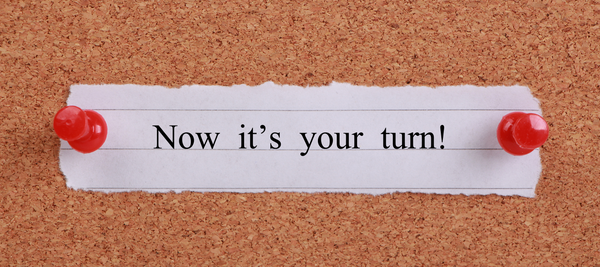
It's trendy to be ethical, but what does that mean?
What is the difference?
What does the recently passed Australian law known as the Modern Slavery Act 2018 (Cth) mean for me?
How do I, as one little individual, really have a role to play in all this?

I would love you to join me on this journey, so I’m going to share some of the key concepts and opportunities you have to respond.
One thing in my mind which is settled is:

Let’s start with the umbrella under which all these terms sit – ethical – and put it into the context of consumerism.
The Cambridge Dictionary defines “ethical” as relating to beliefs about what is morally right and wrong.
Ethical consumerism begins with you – the consumer – understanding your own beliefs of what is right and wrong.

These beliefs might be different to another consumer’s, and certainly vary between the companies you interact with. A company that describes its product or service as ‘ethical’ is simply saying it believes that what it is doing is morally right.
Ahh, so that seems easy, right? You probably already have a fair idea of what you believe is right and wrong. Great, we’ve started – but it can, and does, get a little more complicated.
 You see, ethics is a whole area of deciding how to respond when two seemingly morally right choices come into conflict. In this case, making a decision means one has to have more value or weight than the next. I call it “making a priority list of values”.
You see, ethics is a whole area of deciding how to respond when two seemingly morally right choices come into conflict. In this case, making a decision means one has to have more value or weight than the next. I call it “making a priority list of values”.
Let’s take the example of a product in which a percentage of the profits are donated to some type of aid or charity to help fund programs that change lives for the poor or marginalised.
Fantastic!
Making profit donations is certainly a step in the right direction.
But my personal ethical priorities mean that I’m on the lookout for that same product that also has its contents sourced from farmers who are getting a liveable wage.
This example just considers the human factor in our consumerism, but there are also other ethical factors. If we take that same product, which donates funds to charity or has fair trade certification, yet the product itself has resulted in some environmental damage or is made of plastic, I would also consider an alternative if it’s available.

